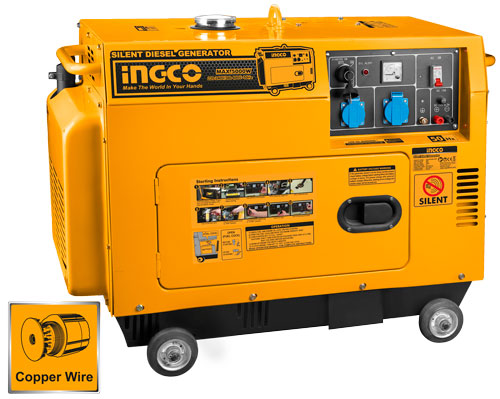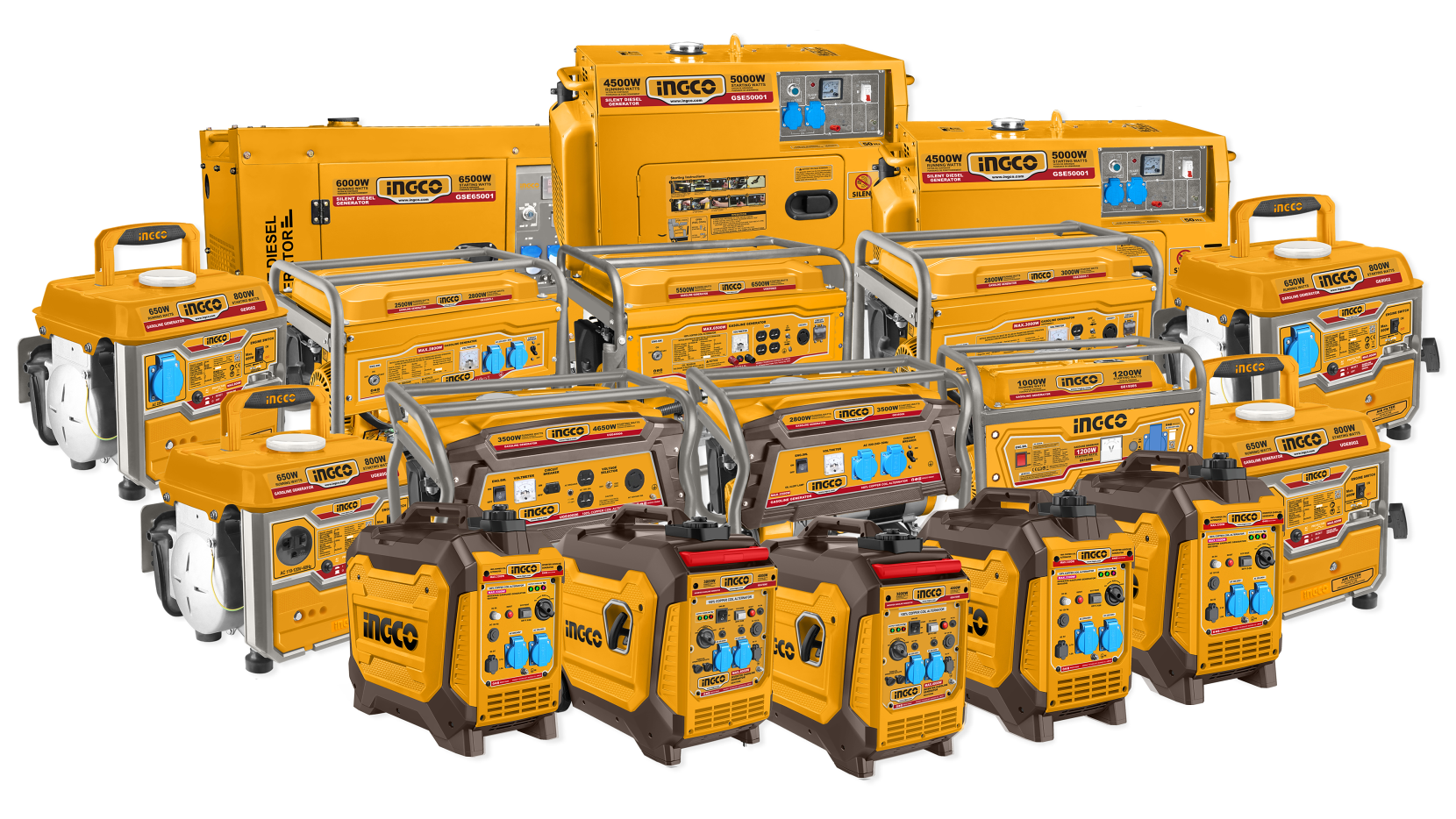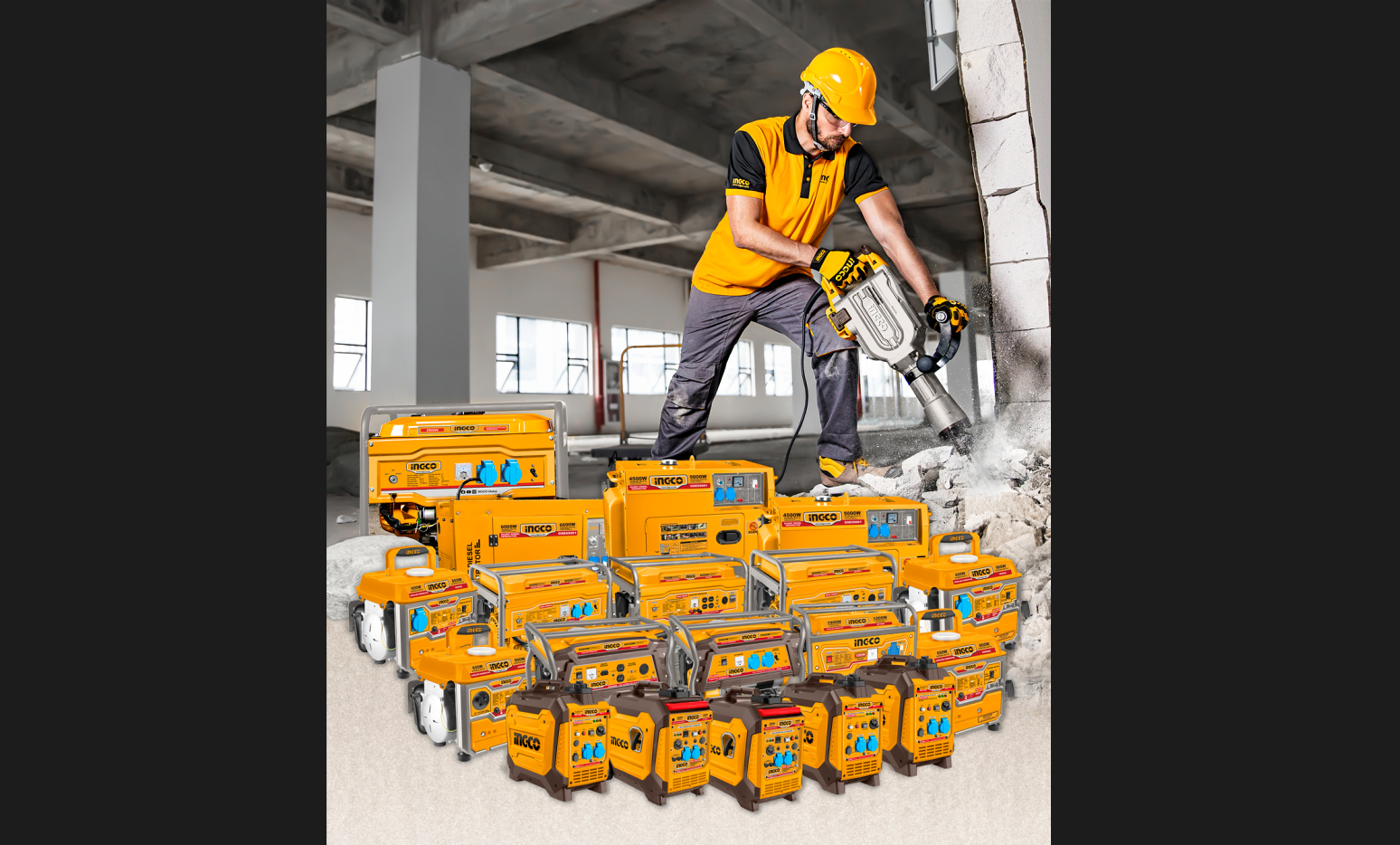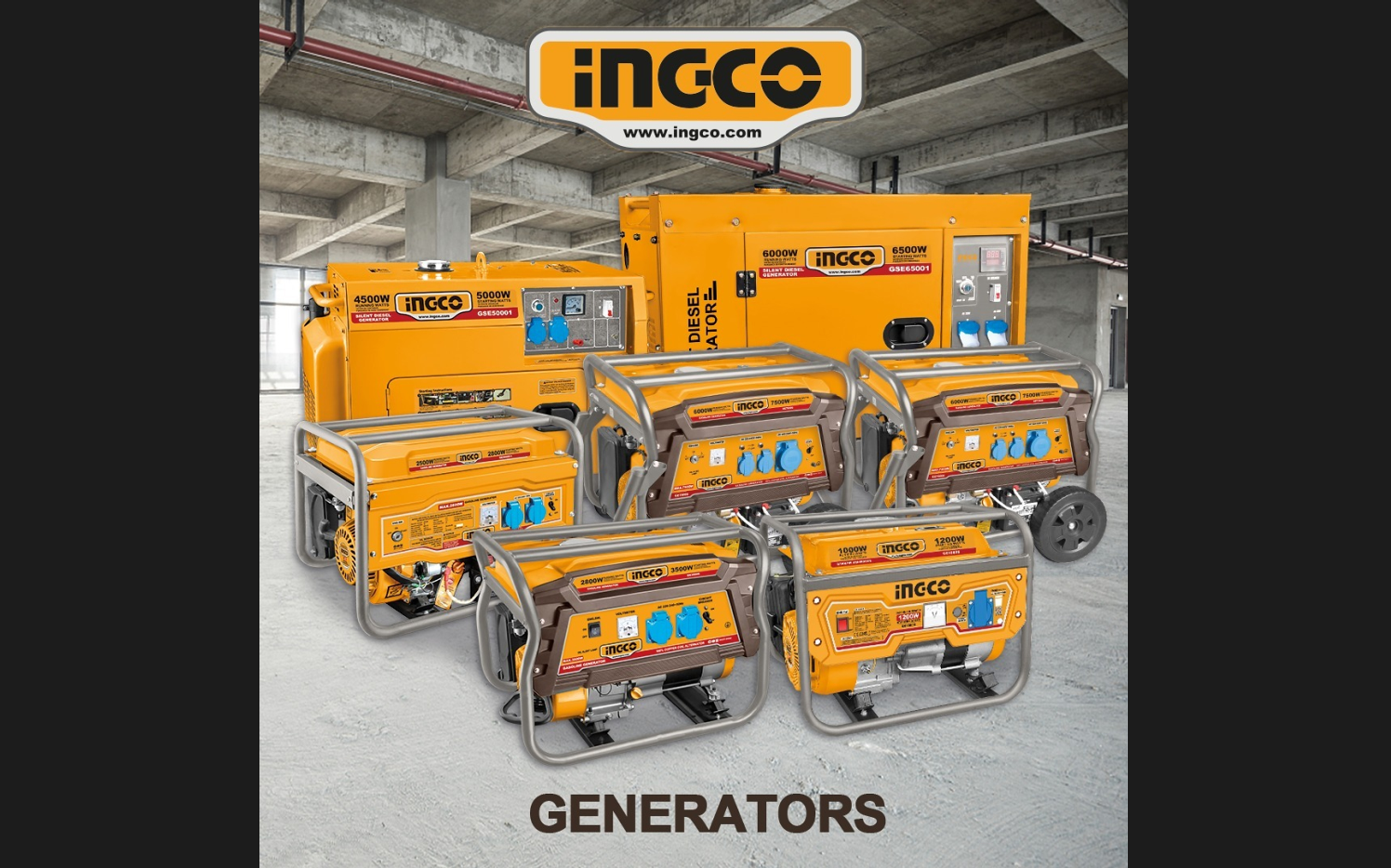What Is Diesel Generator: Everything You Need to Know
Diesel generators are known for their efficiency and dependability, powering everything from homes to industrial sites. If you are curious about what is diesel generator and how it works, you’ve come to the right place. In this blog, we’ll dive into their workings, explore key components, and weigh the pros and cons. Whether you're considering one for emergency backup or primary power in remote areas, this article can help you make well-founded decisions. Read on to discover the full scope of diesel generators.

What Is a Diesel Generator?
Let's kick off by looking at a clear diesel generator definition. It is a reliable and efficient power generation system that uses diesel fuel to produce electricity. Essentially, it combines a diesel engine with an electric generator to convert mechanical energy into electrical energy. This type of generator is commonly used in various settings, from residential homes to industrial sites, due to its durability and cost-effectiveness, as well as the ability to run for extended periods with proper maintenance.
Moreover, diesel generators can be designed in different sizes and capacities to meet the specific power needs of various applications. Whether for emergency power in hospitals or continuous power in construction sites, diesel generators play a crucial role in ensuring a stable power supply. Now that we understand the basic concept, let’s delve into how a diesel generator works.
How Does a Diesel Generator Work?
Understanding the diesel generator working principle is essential for grasping its functionality. At its core, a diesel generator converts mechanical energy into electrical energy through a series of steps:
1. Fuel Ignition: Diesel fuel is injected into the engine's combustion chamber, where it is compressed and ignited, generating high temperatures and pressures.
2. Mechanical Movement: This ignition causes the engine's pistons to move, transforming the chemical energy of the fuel into mechanical energy.
3. Power Generation: The mechanical energy produced by the engine rotates the generator's rotor. As the rotor turns within the stator's magnetic field, it induces an electric current.
4. Electricity Output: The generated electricity is then transferred to the generator's output terminals, ready for use.
What Are the Components of a Diesel Generator?
A diesel generator is a complex machine made up of several key components, each playing a crucial role in its operation. Here’s a breakdown of the main components:
Diesel Engine
The diesel engine is the powerhouse of the generator. It converts diesel fuel into mechanical energy, which is then transformed into electrical power. This engine is designed to be robust and durable, capable of running for extended periods without interruption.
Alternator
The alternator converts the mechanical energy produced by the diesel engine into electrical energy. This conversion process is crucial for supplying electricity to various devices and systems. Moreover, the alternator ensures a steady and reliable output of electrical power.
Fuel System
The fuel system is another essential component, responsible for storing and supplying diesel to the engine. This system includes a fuel tank, fuel pump, and fuel lines, all working together to deliver a consistent flow of fuel. Without a properly functioning fuel system, the generator would be unable to operate efficiently.
Voltage Regulator
The voltage regulator maintains a stable voltage level. It ensures that the electrical output remains within the required parameters, protecting connected devices from voltage fluctuations and maintaining the reliability and safety of the generator.

Cooling and Exhaust System
This system includes a radiator, coolant, and exhaust pipes, all working together to dissipate heat and expel exhaust gases, keeping the engine from overheating, which is vital for the longevity and performance of the generator.
Lubrication System
The lubrication system is responsible for reducing friction between moving parts within the engine. By supplying oil to these parts, the system minimizes wear and tear, ensuring smooth operation.
Battery Charger
The battery charger keeps the generator's starter battery fully charged, which can be used to start the engine and power control systems. Therefore, a reliable battery charger is essential for the overall functionality of the generator.
Control Panel
As the command center of the generator, the control panel allows operators to monitor and control its functions. It includes various indicators, gauges, and switches that provide vital information about the generator's status. A well-designed control panel enhances the ease of use and operational efficiency of the generator.
Main Assembly Frame
The main assembly frame provides structural support for all the components of the generator. It ensures that everything is securely mounted and aligned, contributing to the overall stability and durability of the generator.
Pros and Cons of Using a Diesel Generator
There are some advantages and disadvantages of diesel generators when using them. Understanding these can help in evaluating whether a diesel generator is the right choice for your power needs.
Pros
1. Fuel Efficiency: Diesel generators are known for their fuel efficiency. They consume less fuel compared to gasoline generators, making them more cost-effective in the long run.
2. Durability: These generators are built to last. Their robust construction means they can withstand harsh conditions and continuous use, which is ideal for industrial and commercial applications.
3. Lower Maintenance: Diesel engines require less maintenance than gasoline engines. The absence of spark plugs and carburetors reduces the need for frequent servicing.
4. Safety: Diesel fuel is less flammable than gasoline, reducing the risk of fire hazards. This makes diesel generators a safer option, especially in environments where safety is a priority.
5. Power Output: Diesel generators can provide a higher power output, making them suitable for heavy-duty applications that require substantial energy.
Cons
1. Initial Cost: Diesel generators tend to be more expensive upfront compared to other types of generators. The higher initial investment can be a barrier for some users.
2. Noise: These generators are typically louder than their gasoline counterparts. The noise can be a drawback in residential areas or environments where quiet operation is essential.
3. Emissions: Diesel engines produce more emissions than gasoline engines. This can be a concern in areas with strict environmental regulations or for users looking to minimize their carbon footprint.
4. Size and Weight: Diesel generators are often larger and heavier, which can make them less portable and harder to maneuver.
Conclusion
To summarize, diesel generators are essential for reliable power supply, combining efficiency and durability to serve various settings from homes to industrial sites. Now that you understand what is diesel generator, how it works, and its key components, you can make thoughtful decisions determining if a diesel generator is the right solution for your power needs. If you're looking for dependable power generation, consider visiting our website and exploring our range of diesel generators and find the perfect fit for your requirements.
FAQ
Can a diesel generator run a house?
Yes, a diesel generator can run a house. Whole house diesel generators are designed to provide sufficient power to operate all the essential appliances and systems in a home during an outage. These generators are durable and efficient, making them suitable for continuous use or as a backup power source in residential settings.
In what applications are diesel generators commonly used?
Diesel generators are widely used in various applications, including:
1. Commercial and Industrial: Providing backup power for businesses and factories.
2. Healthcare: Ensuring continuous power in hospitals and clinics.
3. Construction: Powering tools and equipment on job sites.
4. Remote Locations: Supplying electricity where the grid is unavailable.
5. Oil and Gas: Supporting drilling operations in remote areas.
6. Residential: Acting as backup power for homes during outages.


